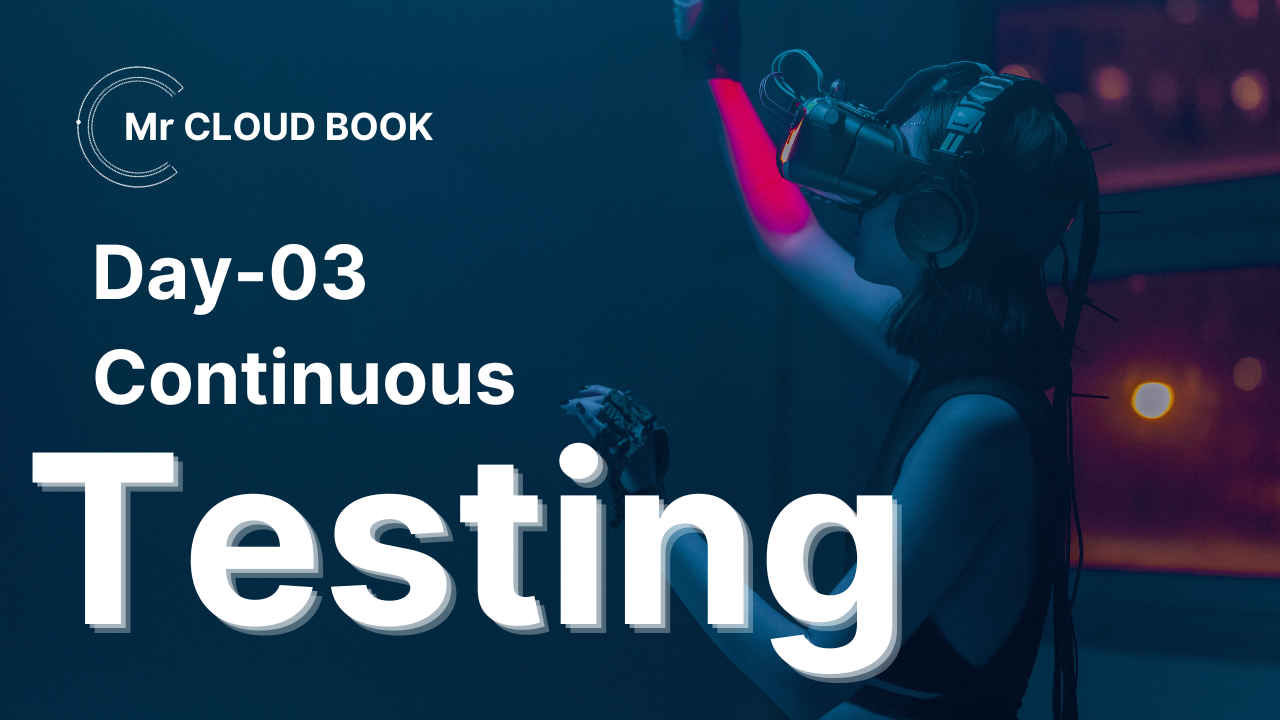Today, we’re delving into Continuous Testing, the second phase in the DevOps product lifecycle. Following our previous discussion on continuous development, Continuous Testing encompasses two critical phases: product build and product test.
Developers, upon completing their code, push it to the repository, either to a specific branch or directly to the integration or master branch. From this branch, the application is built. Once the build process succeeds, various verification and validation tests are executed using tools like Jenkins on the Continuous Integration (CI) server. These tests, automated with tools like Selenium for UI or Rest Assured for backend testing, aim to qualify the build.
Let’s consider a scenario involving 40 to 50 developers in a project. At the sprint’s onset, tasks are assigned. Developers diligently work each day, pushing their code changes into the central repository. The frequency of application builds hinges on organizational policies, occurring either daily or at specific intervals during work hours, such as every 6 or 8 hours.
For instance, let’s assume the application is built once a day during working hours. Developers complete their tasks, push their code changes, and when the scheduled build time arrives, the product is built. Post-build, the CI server conducts automated tests to validate the build’s integrity. Passing these tests indicates a defect-free build. Conversely, test failures signify conflicts between new and existing code.
Continuous Testing’s significance lies in promptly identifying discrepancies between the new and existing code. Neglecting Continuous Testing means that even if today’s build is error-free, it doesn’t guarantee exemption from Quality Assurance (QA). Continuous Testing bridges this gap, immediately notifying developers if their recent code conflicts with the existing one. This enables proactive bug-fixing, maintaining code integrity, and minimizing disruptions.
Continuous Testing: Fueling Quality in DevOps
In the realm of software development, Continuous Testing stands tall as a cornerstone practice within the DevOps paradigm, ensuring product integrity, reliability, and quality. Picture a scenario where a team of developers, designers, and testers collaborates on an innovative e-commerce platform. This platform thrives on frequent updates, new features, and seamless user experiences.
Integration into Development Cycles:
At the outset of a sprint, the team sets goals for enhancing user experiences, perhaps introducing a personalized recommendation engine. Developers start coding, crafting algorithms, and pushing their code into the repository multiple times a day. This influx of code iterations requires a robust mechanism to ensure these changes don’t disrupt existing functionalities.
Automated Checks for Robustness:
Enter Continuous Testing. With each code push, the Continuous Integration (CI) server triggers a battery of tests. These tests aren’t solely about functionality; they encompass user experience, security, and performance. Automated UI tests ensure that the personalized recommendation feature doesn’t compromise the platform’s usability. Concurrently, performance tests validate that the new algorithms don’t degrade website speed or responsiveness.
Immediate Feedback Loop:
Consider a situation where the recommendation algorithm, in its initial iteration, unexpectedly slows down the platform’s responsiveness. Continuous Testing flags this issue immediately upon code integration, preventing it from merging into the main branch. This prompt feedback loop allows developers to iterate swiftly, refining the algorithm until it seamlessly integrates without compromising performance.
Addressing Real-time Challenges:
Moreover, Continuous Testing doesn’t merely focus on new features; it’s equally vital in identifying unintended consequences. Suppose an unforeseen browser update causes certain UI elements to malfunction. The Continuous Testing suite, equipped with automated cross-browser compatibility tests, quickly pinpoints these issues, enabling rapid fixes before users encounter them.
Business Impact:
Continuous Testing extends beyond code validation; it safeguards the business’s reputation. In the hyper-competitive e-commerce landscape, any glitch or malfunction can lead to dissatisfied customers and revenue loss. By continuously ensuring the platform’s stability and functionality, Continuous Testing becomes a critical factor in retaining customer trust and loyalty.
Continuous Improvement and Evolution:
As the team iterates, refines, and releases new updates, Continuous Testing provides invaluable data. Patterns emerge, highlighting areas prone to issues or user dissatisfaction. This data fuels not just bug fixes but also future product enhancements. For instance, user behavior analytics derived from Continuous Testing results might indicate opportunities for further personalization or improved navigational experiences.
Conclusion:
In essence, Continuous Testing isn’t just about code validation; it’s a strategic asset driving software quality, user satisfaction, and business success. By integrating seamlessly into the development lifecycle, it fortifies the foundation upon which innovative, reliable, and customer-centric products thrive.

Leave a Reply